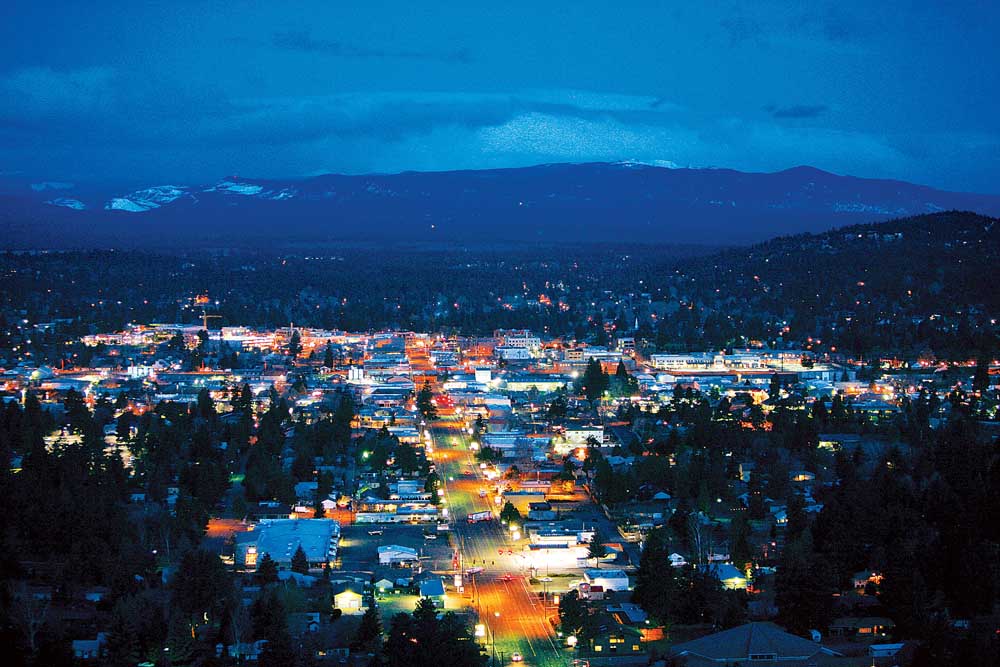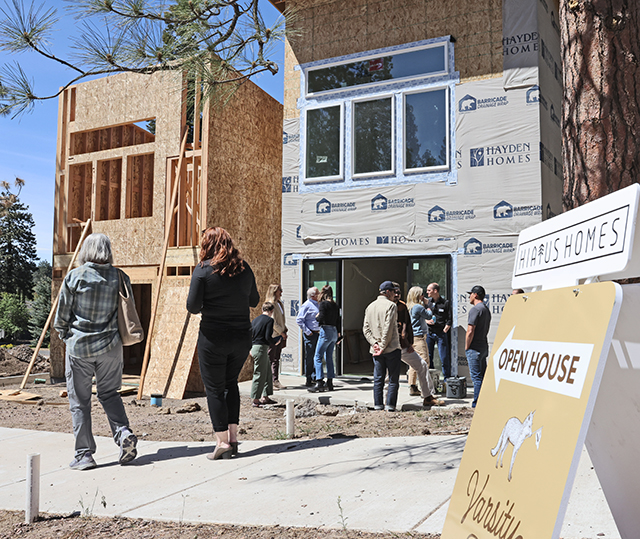Bend: 90K people and counting
Published 4:39 pm Sunday, May 28, 2017

- An early morning view of Bend and beyond from Pilot Butte State Park. (Bulletin file photo)
Bend’s population appears to have reached a new milestone of more than 90,000 people last year, according to an estimate from the U.S. Census Bureau.
Census data released Thursday shows Bend ranked sixth among the nation’s fastest-growing cities — with populations of 50,000 or more — between July 1, 2015, and July 1, 2016.
An estimated population of 91,112 in Bend is a 5 percent increase from the previous year, the largest in Central Oregon.
Another way to look at it is this: 12 people are moving to Bend per day, said Damian Syrnyk, senior planner in Bend’s growth management department.
“That is two or three families moving here a day,” Syrnyk said. “It’s a good way to express how our community is changing on a daily basis.”
Stretching the numbers out over the past few years, the population trend is still estimated at about seven new residents per day, Assistant City Manager Jon Skidmore said.
“With that type of growth, the conveniences and certain things people come to enjoy might not last for long,” Skidmore said. “Parking is going to become more difficult to find. Congestion will increase, which increases prices for housing and land. I think it’s the growing pains of a small city to a medium-sized city.”
The steady population growth has not come as a surprise to the city, Skidmore said. The city’s own population forecast from a decade ago predicted 93,000 residents by 2016.
Skidmore points to the city’s work on it’s urban growth boundary expansion, plans to upgrade its water and sewer infrastructure and roads as ways the city has addressed the continued growth.
The trend is not going to change, Skidmore said, and now the city is predicting 30,000 more residents by 2028.
“The growth is a good thing in general, but it definitely tests the patience of people who identified Bend as perhaps their place of retirement, their paradise,” Skidmore said. “It’s going to continue to change and expecting things to remain status quo in a town that is growing as quickly as we are is probably not a realistic way of approaching the issue.”
Population estimates are not an exact science. While the Census Bureau is showing a population jump above 90,000, Portland State University’s population research center shows much slower growth in Bend.
Portland State estimates Bend’s population was 83,500 in 2016, a slight increase of 2.6 percent from 2015. The university focuses its population estimates on housing permits and housing developments, Syrnyk said.
Each year, Portland State sends a questionnaire to the city asking for data on housing, including assisted living facilities, the county jail and the homeless population.
Meanwhile, the Census Bureau compiles its estimates through federal data such as tax records, Social Security information and changes in driver licenses at the DMV.
Using both data sets offers a good range for planning, Syrnyk said.
“For us, it’s land use planning, and planning for the urban growth boundary, infrastructure and transportation,” he said.
Potentially breaking the 90,000 population mark in Bend puts the city near the same size as Portland’s largest suburbs, according to the census bureau data.
Beaverton reached 97,590 residents, and Hillsboro hit 105,164 between July 1, 2015, and July 1, 2016, the census data showed.
The same data shows an increase in population for every city across Central Oregon. Redmond recorded 29,322, up from 28,566 the prior year. Prineville had 9,928, a jump from 9,554. Madras was at 6,729, a gain from 6,587. In Sisters, the population was 2,573, up from 2,467. La Pine grew to 1,815 from 1,653.
Some of Oregon’s smallest towns saw little change in the census data. Metolius increased from 741 to 755 residents in 2016.
Shaniko, the historic railroad town in Wasco County, gained one resident since 2010. The town’s population grew from 36 to 37.
— Reporter: 541-617-7820,
kspurr@bendbulletin.com






